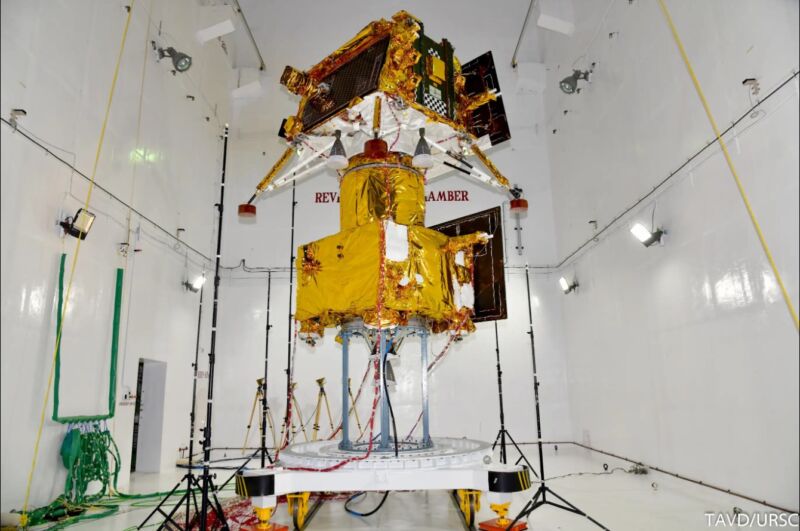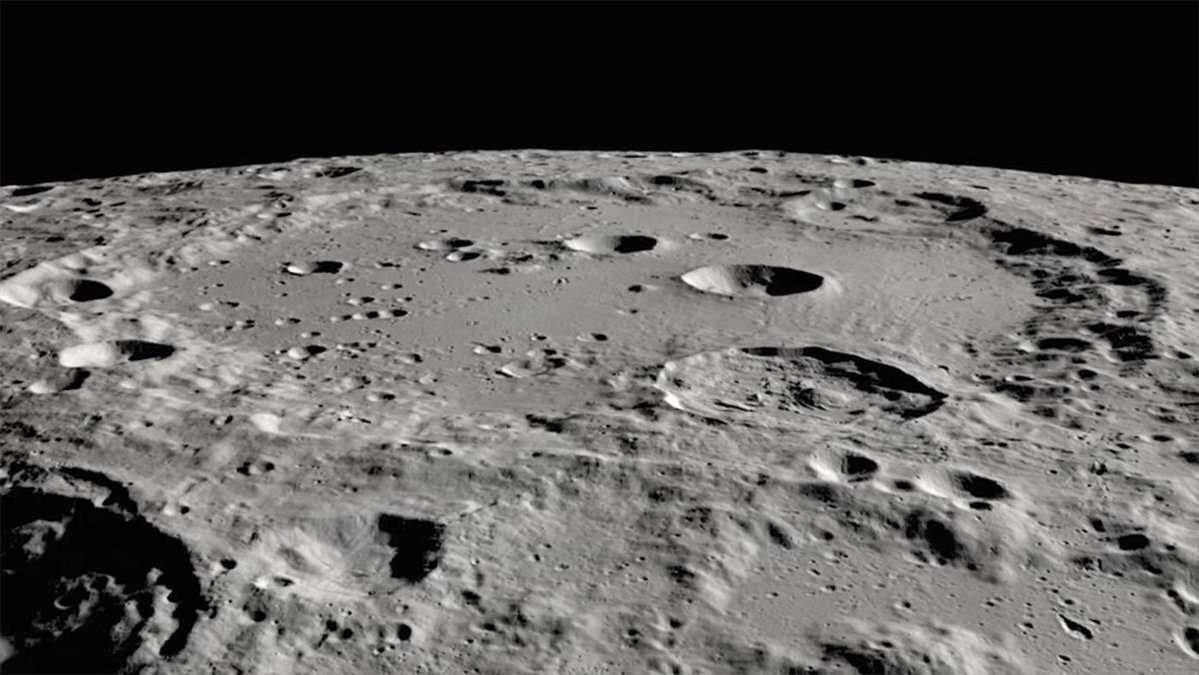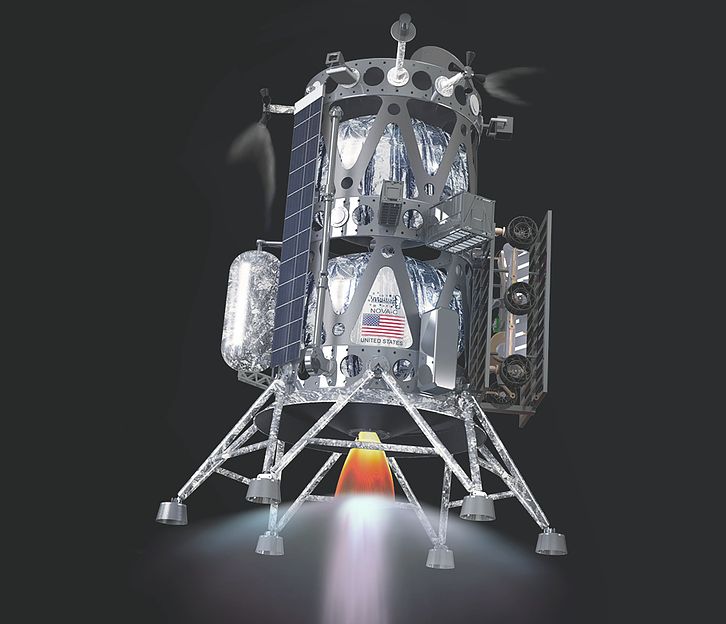
As anyone who has been paying attention to space exploration knows, the Moon is red-hot. Up to half a dozen missions may launch to the lunar surface in the next six months, heralding a new era of Moon exploration.
It has not always been so. Following the Space Race in the 1960s and early 1970s, NASA and the Soviet Union backed off their Moon exploration programs. NASA sent probes to the far-flung corners of the Solar System, and the US space agency and Russian space program focused their human activities in low-Earth orbit, constructing and inhabiting a series of space stations.
There have been three primary drivers of renewed interest in the Moon. The first was the discovery and confirmation in the 1990s and early 2000s that water ice is likely to exist at the lunar poles in permanently shadowed craters. The presence of abundant water, providing oxygen and hydrogen resources, has given space agencies a new reason to explore the poles.
A second factor has been the rise of China's space program, which has sent a series of ambitious robotic missions to the Moon that have both landed on the far side and returned samples from the lunar surface. China has made no secret of its interest in sending astronauts to the Moon, leading to competing efforts between NASA's Artemis Program and China's lunar station goals.
Finally, there has been some interest from private companies in the commercial development of the lunar surface, both to exploit resources there but also for other purposes. This has stimulated investment in private companies to provide transportation to the lunar surface, including ispace, Astrobotic, Intuitive Machines, and Firefly.
The end result of all of this is that we are about to see a flurry of missions that will attempt to land on the Moon. During the last decade, dating to China's Chang'e 3 lander in 2013, there have been six attempts to land on the Moon. Three of these missions have been Chang'e landers, and all were successful. Three other attempts, one backed by Israel, another by India's space program, and a third by a private Japanese company, ispace, have failed to softly touch down on the Moon.
Now, in the next six months, as many as six more landing attempts may come. Here's a rundown of what to expect, and when to expect it.
Chandrayaan-3 (July)
First up is the Indian space agency's Chandrayaan-3 mission to the lunar surface, which is due to launch early Friday on a Launch Vehicle Mark-III. The mission consists of a lander and a rover and follows the unsuccessful landing of the Chandrayaan-2 spacecraft in 2019, which crashed into the Moon due to a software error.
The lander, named Vikram, will have a fueled mass of nearly 2 metric tons. It will carry a small 26-kg rover to the lunar surface. The goal of the mission is to make scientific observations, studying the chemical and mineral components of the lunar soil.
India has developed the mission on a shoestring budget, about $90 million, but it is important for the Indian space agency to demonstrate its competence with this second attempt—especially as its neighbor China has flown a series of increasingly complex and successful lunar missions.
Luna 25 (August)
According to Russian sources, the Luna 25 spacecraft has been delivered to its launch site at the Vostochny Cosmodrome. Roscosmos has yet to announce an official date, but the expectation is that the country will target an August 11 launch on a Soyuz rocket.
It has been a very, very long time since Russia (or the Soviet Union) has launched a mission to the Moon. The Luna 24 mission, nominally the predecessor to Luna 25, launched in August 1976. It successfully landed on the Moon and returned 170 grams of lunar soil to Earth. This was the final mission of the Soviet Union, and since its dissolution, Russia has not launched a repeat mission.
The primary purpose of Luna 25 is to restart a Russian lunar program and demonstrate the capability to make a soft landing on the Moon. It will carry about 30 kg of scientific payloads to the lunar surface but not include a rover. Luna 25 has been delayed many times, but its arrival at the launch site suggests it may finally be ready to fly.



3175x175(CURRENT).thumb.jpg.b05acc060982b36f5891ba728e6d953c.jpg)


Recommended Comments
There are no comments to display.
Join the conversation
You can post now and register later. If you have an account, sign in now to post with your account.
Note: Your post will require moderator approval before it will be visible.